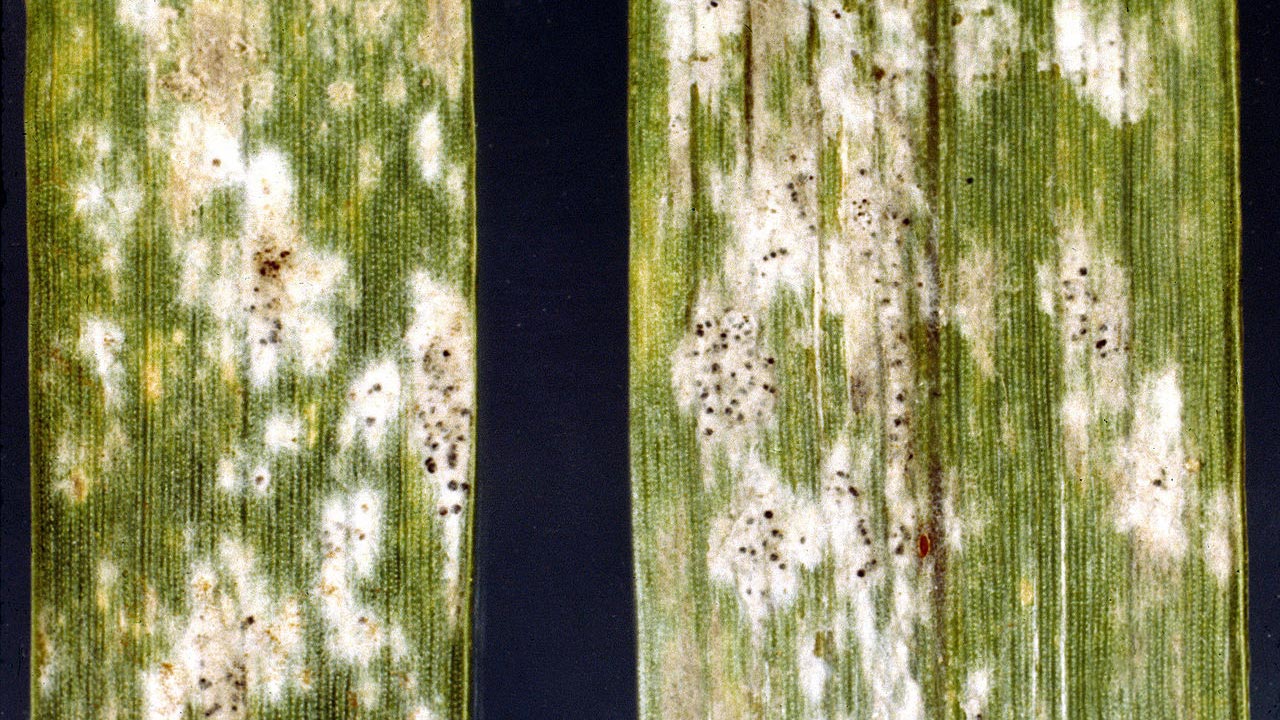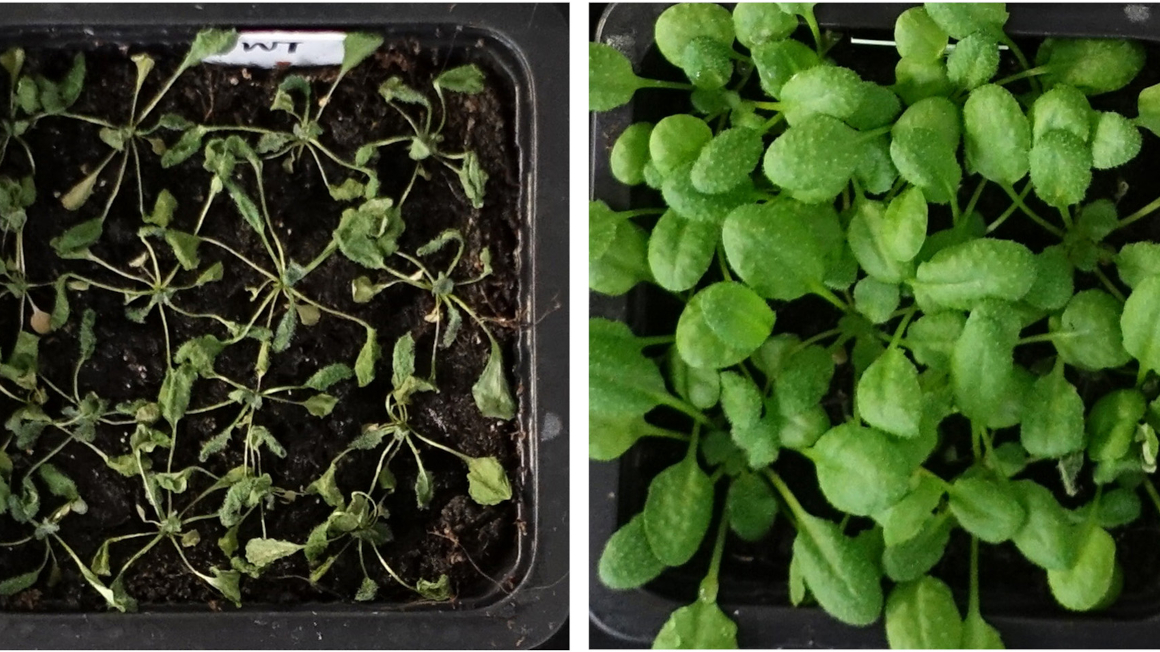How powdery mildew outwits the defenses of plants
Plant researchers from Cologne have unraveled the molecular arms race in the evolution of plants and harmful fungi.

Every year, fungal diseases cause major yield losses in cereals worldwide. At the molecular biological level, there is a constant arms race between plants and their pathogens. Fungi use certain molecules, known as effectors, to trick the plant's immune system. The plant, in turn, learns to recognize these effectors and still activate its defenses. The fungi then change their effectors, and the plant must again develop immune receptors to recognize them. And so the game goes on and on.
Effectors share a common framework
An international research team led by Paul Schulze-Lefert of the Max Planck Institute for Plant Breeding Research in Cologne and Jijie Chai of the Chinese Westlake University Hangzhou and Tsinghua University has now studied the structures of these effectors for powdery mildew pathogens in more detail. In the scientific journal PNAS, the experts report that the effectors share a basic structural framework that differs through local changes. These differences make it difficult for plant defenses.
"It is one of the eureka moments of science when the molecular arms race between plants and pathogens can be explained by structural changes within a common three-dimensional protein architecture," Schulze-Lefert is pleased with the success.
Striking resemblance to RNase enzymes
Specifically, the researchers determined the exact molecular structures of five effectors of two powdery mildew pathogens that attack wheat and barley. To do this, they used X-ray crystallography, which is used to determine the positions of the individual atoms of a molecule. Only in this way was it possible to demonstrate the similarity, because as small as the differences in the spatial structure of the effectors are, as large are the differences at the genetic level.
Based on these images, it was also determined that the effectors are very similar to RNase proteins. These enzymes have the ability to degrade RNA molecules. However, the studied effectors probably do not have the same ability. Therefore, the structural similarity might be more related to how the effectors manage to penetrate the membranes of plant cells to infect them.
Small amino acid changes determine camouflage success
The research team also investigated how strong the local changes of the effectors had to be in order to evade the plant's immune system. The experts only had to change six amino acids of the effector to remove its camouflage and be recognized by the plant's immune receptors. Further analysis led the team to conclude that a particular immune receptor is always matched to a particular surface of a corresponding effector.
bl


